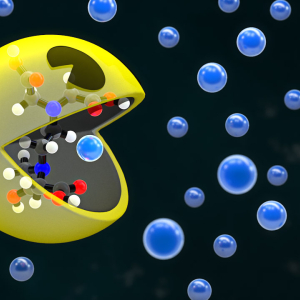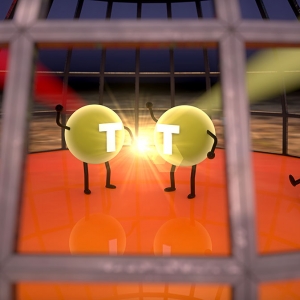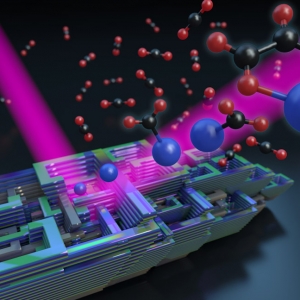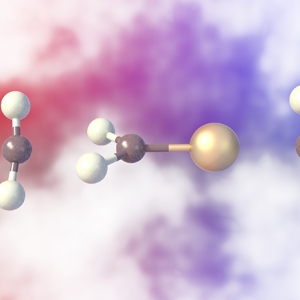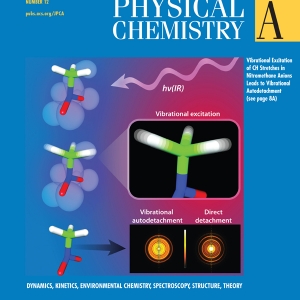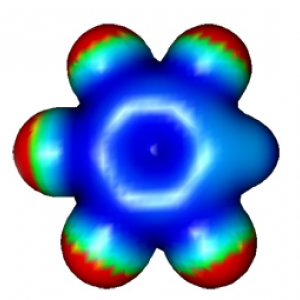Metal ions can be found in almost every environment, including wastewater, chemical waste and electronic recycling waste. Properly recovering and recycling valuable metals from various sources is crucial for sustainable resource management and contributes to environmental cleanup. Because of the scarcity of some of these metals, such as rare earth elements or nickel, scientists are working to find ways to remove these ions from the waste and recycle the metals. One method used to remove these metals is to bind them to other molecules known as chelators or chelating agents. Chelators have multiple molecular groups that combine to form binding sites with a natural affinity for binding metal ions, making them a natural choice to extract metals from toxic waste. Ethylenediaminetetraacetic acid, or EDTA, is a chelator commonly used in metal removal and many other applications, including medicine. “EDTA is used to treat heavy-metal poisoning,” JILA graduate student Lane Terry explained. “So, if you have lead poisoning, you can take EDTA, which binds to the lead and then safely passes through your system. It's also used as a food preservative. So EDTA is everywhere. It's in one of my topical creams, etc.” EDTA is also commonly used in various laboratories, including many within JILA.
To understand how EDTA binds to these metal ions and water molecules, Madison Foreman, a former JILA graduate student in the Weber group, now a postdoctoral researcher at the University of California, Berkeley, Terry, and their supervisor, JILA Fellow J. Mathias Weber, studied the geometry of the EDTA binding site using a unique method that helped to isolate the molecules and their bound ions, allowing for more in-depth analyses of the binding interactions. They published a series of three papers on this topic. In their first paper, published in the Journal of Physical Chemistry A, they found that the size of the metal ion changes where it sits in the EDTA binding site, which affects other binding interactions, especially with water.




